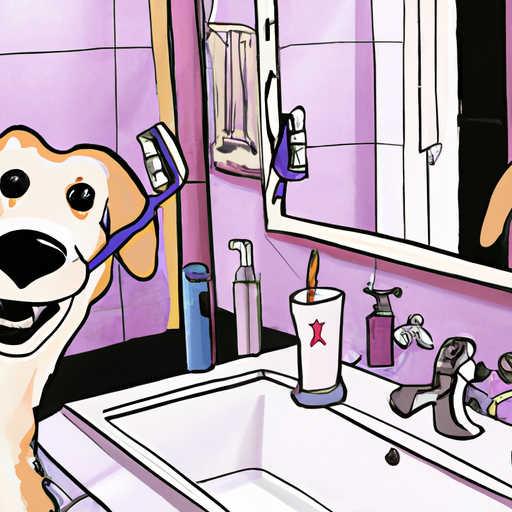As a loving and responsible pet owner, one of your primary concerns is the health and well-being of your furry companion. One area that often gets overlooked is dental hygiene. Just like in humans, plaque and tartar can build up on your dog’s teeth over time, leading to a host of dental and health issues. This guide will help you understand and effectively clean tartar off your dog’s teeth.
H2: Understanding the Importance of Dental Hygiene in Dogs
It’s crucial to understand why dental hygiene is so important for your dog. Tartar, a hard brown or yellow deposit, forms when plaque isn’t removed from your dog’s teeth. If left untreated, it can lead to gum disease, loss of teeth, and potentially severe health problems like heart disease.
- Plaque: A sticky, colorless film of bacteria that continually forms on our teeth and along the gum line.
- Tartar: Hardened plaque that has stayed on the tooth for some time and is now firmly attached to the tooth surface.
H2: Recognizing Tartar Build-Up
You might be wondering how to identify tartar build-up on your dog’s teeth. It usually starts as a yellow or brownish color near the gum line and can spread over the tooth if not removed.
Signs of tartar build-up include:
- Bad breath
- Red, swollen or bleeding gums
- Visible tartar on the teeth
- Difficulty eating or loss of appetite
H2: Methods to Clean Tartar Off Your Dog’s Teeth
Here are several methods to clean tartar off your dog’s teeth:
- Brushing: The most effective method. Use a dog-specific toothpaste and brush at least once a day.
- Dental chews and toys: These can help clean your dog’s teeth as they chew. Ensure they are size-appropriate and supervise your dog while they’re using them.
- Professional cleaning: If the tartar build-up is severe, your vet may suggest a professional cleaning.
H2: The Role of Diet in Dental Health
Diet can play a significant role in your dog’s dental health. Some dog foods are specifically designed to reduce plaque and tartar build-up. You can also add dental supplements to your dog’s diet.
| Food Type | Role in Dental Health |
|---|---|
| Dry food | Can scrape off plaque due to its rough texture |
| Dental chews | Help reduce tartar by mechanical abrasion |
| Dental diets | Specifically designed to clean teeth |
H2: Frequently Asked Questions (FAQ)
Q: How often should I brush my dog’s teeth?
A: Ideally, you should brush your dog’s teeth daily. However, if that’s not possible, aim for at least three times a week.
Q: Can I use human toothpaste to clean my dog’s teeth?
A: No, human toothpaste can be harmful to dogs. Always use a dog-specific toothpaste.
Q: What if my dog resists having their teeth brushed?
A: Start slowly and make the process as positive as possible. Reward your dog with treats and praise.
Remember, taking care of your dog’s teeth is a crucial part of their overall health. With the right knowledge and tools, you can ensure your dog has a healthy and happy smile.



